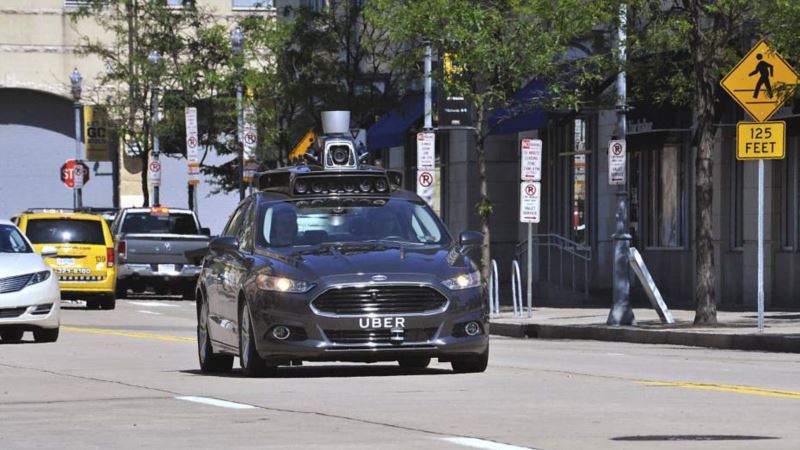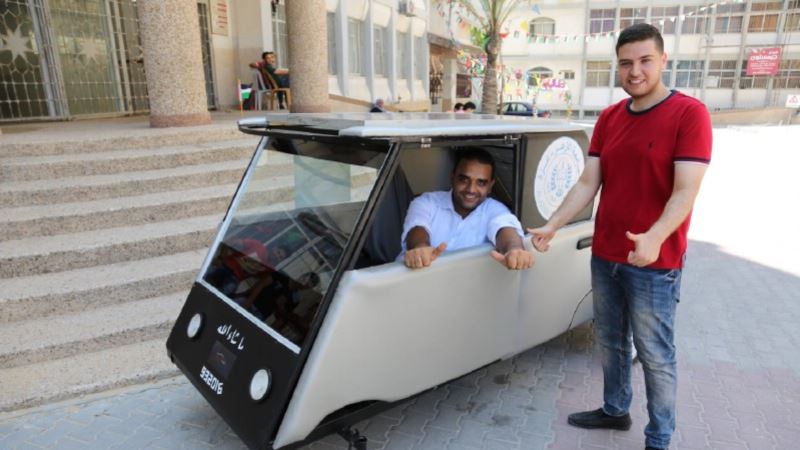Ride-hailing service Uber has rolled out driverless cars in San Francisco, the second American city the company has targeted. Uber tested autonomous cars earlier this year in Pittsburgh, but on a limited scale. The San Francisco rollout is expected to be larger. Uber users in San Francisco will be the first to have a chance to ride in the company’s self-driving vehicle, which is a Volvo XC90 SUV equipped with LIDAR, a radar-type system that uses lasers as well as cameras and computers to navigate. “The promise of self-driving is core to our mission of reliable transportation everywhere for everyone,” Anthony Levandowski, Uber’s vice president of self-driving technology, said in a blog post. Several tech companies have been or are exploring driverless cars, but Uber appears to have the advantage now. Earlier this week, Alphabet, the parent company of Google, said it was spinning off its effort into a company called Waymo, a possible indication the cars are nearly ready to be tested in the real world. Tesla, Lyft and others are also working on autonomous cars. While the Pittsburgh launch was limited to a few frequent users within a small area, Uber says in San Francisco any passenger choosing an UberX ride, one of the cheaper options, could be picked up by a driverless car. The customer will have a choice to accept a driverless car or a regular driver. As in Pittsburgh, an Uber employee will still be in the car in case of malfunction. According to The New York Times, it was not clear if Uber legally could test driverless cars in San Francisco as it was not listed as a company holding a permit from the California Department of Motor Vehicles. An Uber spokeswoman told the paper the company was “compliant with applicable federal and state laws.” “We are not planning to operate any differently than in Pittsburgh, where our pilot has been running successfully for several months,” wrote Levandowski. “Second, the rules apply to cars that can drive without someone controlling or monitoring them. For us, it’s still early days and our cars are not yet ready to drive without a person monitoring them.”
Uber’s Driverless Cars Hit San Francisco Streets





